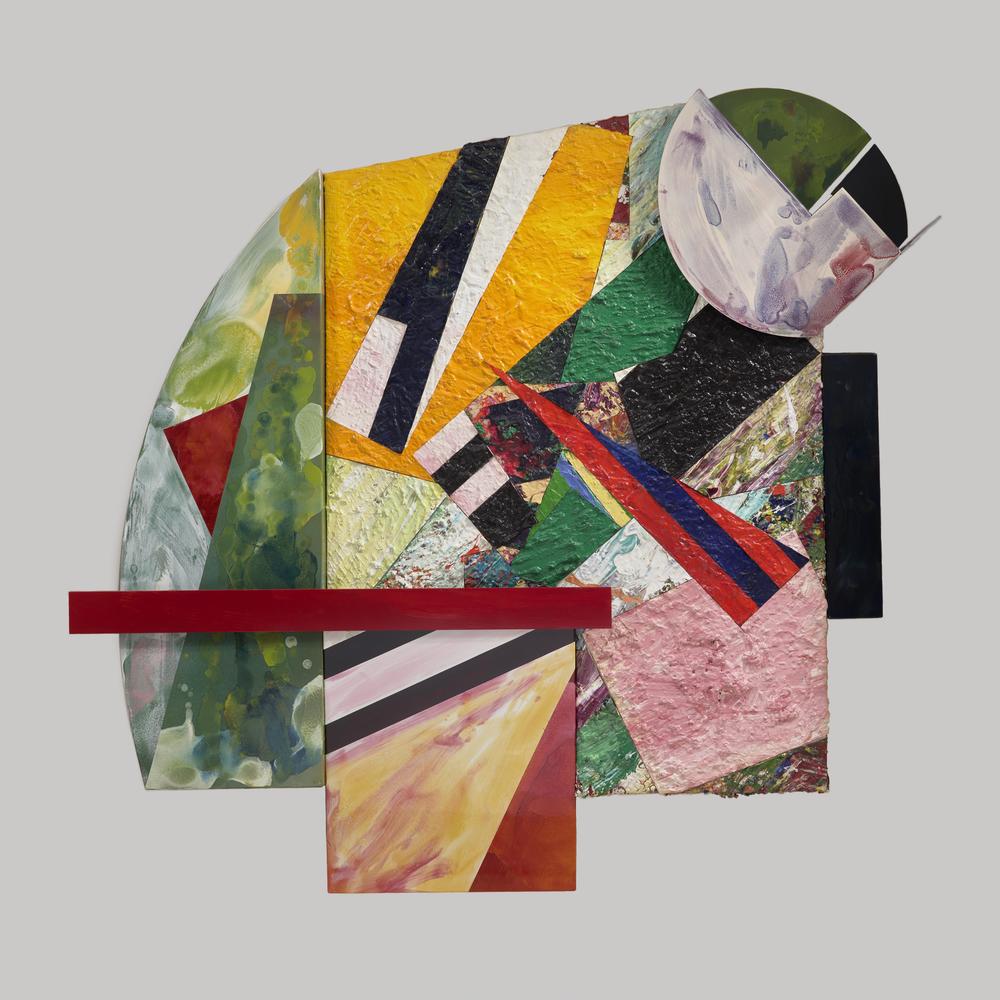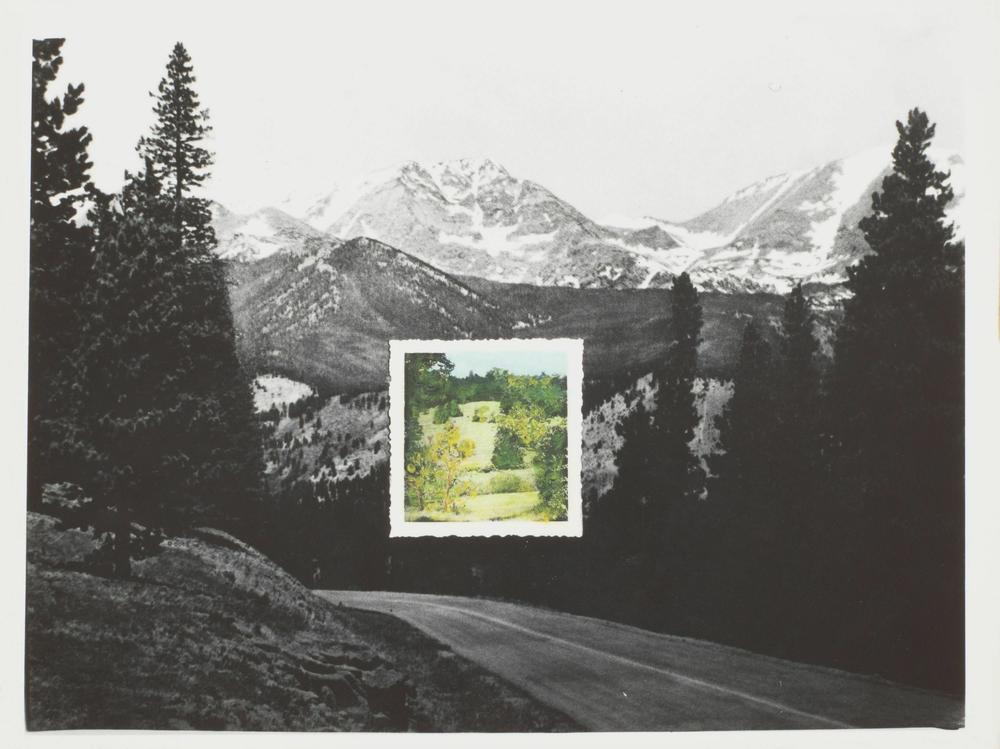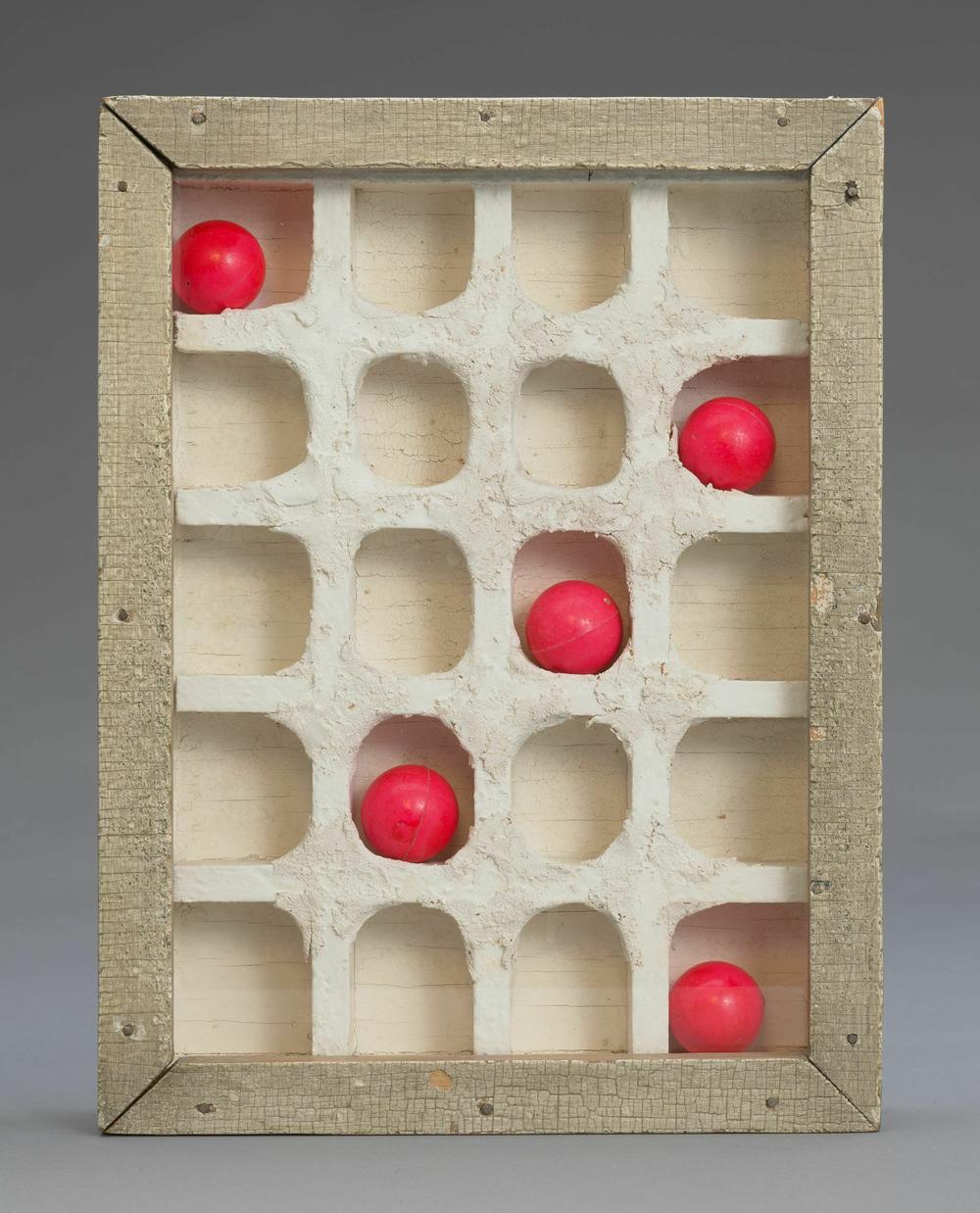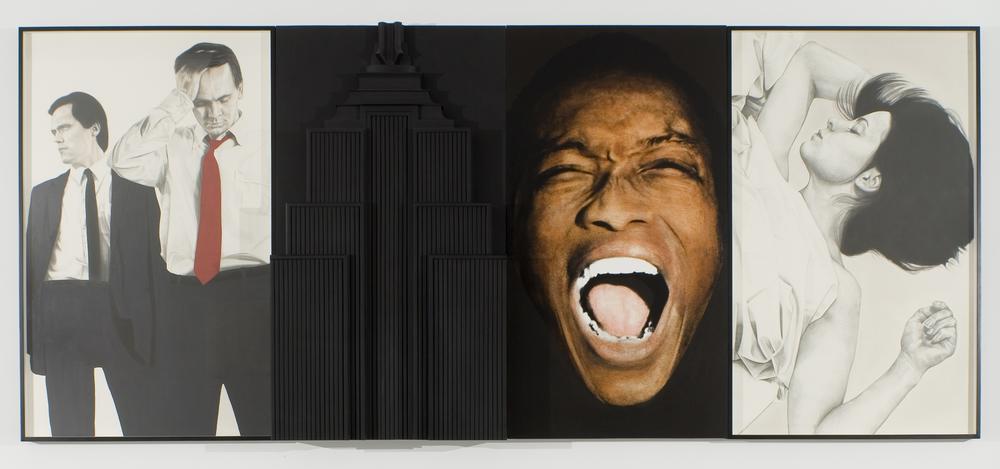Section Branding
Header Content
Meet the eye-opening curator behind hundreds of modern art exhibitions
Primary Content
I wish I'd known Walter Hopps. I was in Washington when he was director of the Corcoran Museum from 1967 to 1972. He clearly was a fascinating visionary, who garnered many adjectives in life and death. When he died in 2005, the Washington Post obituary said that he was "sort of a gonzo museum director —elusive, unpredictable, outlandish in his range, jagged in his vision, heedless of rules." I tend to like people like that. When they're not making me crazy.
Alas, I never met him.
Rebecca Rabinow, director of Houston's Menil Collection, which Walter Hopps helped to found in 1980, says he was a force in art — ahead of the trends. "He had an amazing eye." Younger artists intrigued Hopps. She says that he had "an amazing ability to look at what artists were creating."
Since late March, the Menil Collection has been showing works by 70 artists Hopps spotted, acquired, encouraged or enabled as a curator. I see a palm tree in that Joe Goode piece above. And growing up in palm-land Los Angeles may have been part of Hopps' attraction to the work.
Sculptor John Chamberlain is in this exhibition. He's in lots of major museums. I first saw a Chamberlain at the Dia Beacon galleries in upstate New York. It looked as if he'd shredded an automobile and welded the shreds together. I shook my head over it for years. Had the same reaction to my first Jackson Pollack. And Andy Warhol's soup cans. What in the world!? How is that art?
Then, someone said all Warhol's soup cans were his still lifes for the 20th century. Which helped me think Chamberlain was taking on American traffic and traffic jams, and our obsession with cars. And maybe destruction. It took a long time to puzzle that out. Truth to tell, I often have such takes-awhile reactions.
Walter Hopps had a much quicker eye, made faster connections and brought challenging works into museums. Today, we'd call him an influencer. Menil director Rebecca Rabinow says others caught on — quickly or over time — because Hopps got it.
"He was an influential curator through the 20th century," she says. He's still influencing today's artists.
Keep scrolling to see more of the works currently on view at The Menil Collection:
Copyright 2023 NPR. To see more, visit https://www.npr.org.
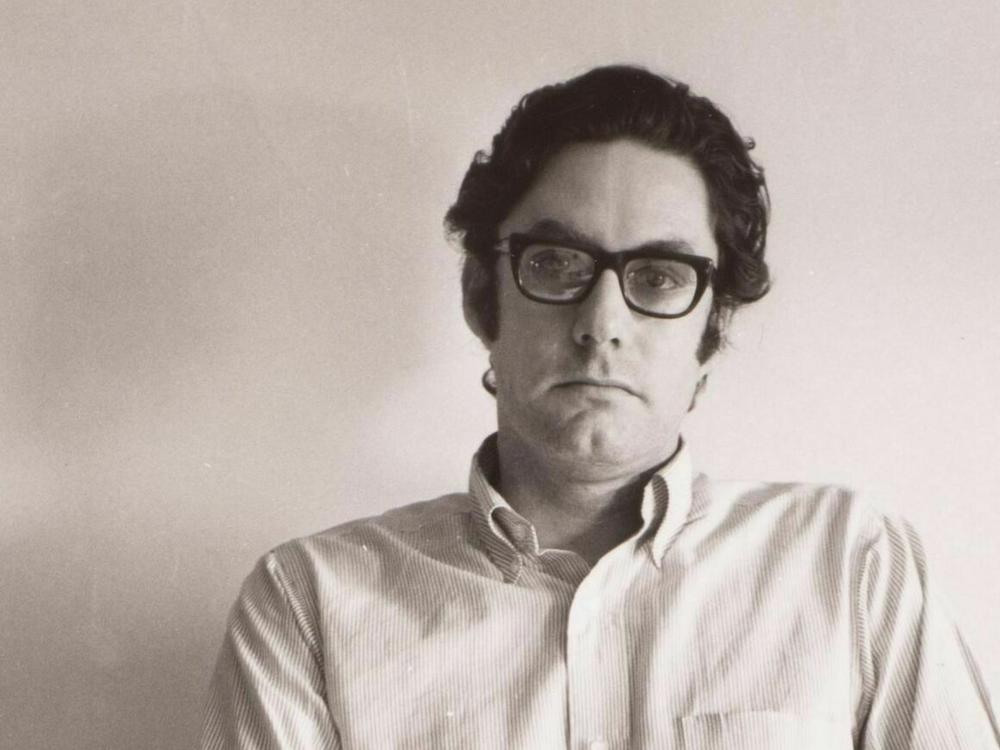
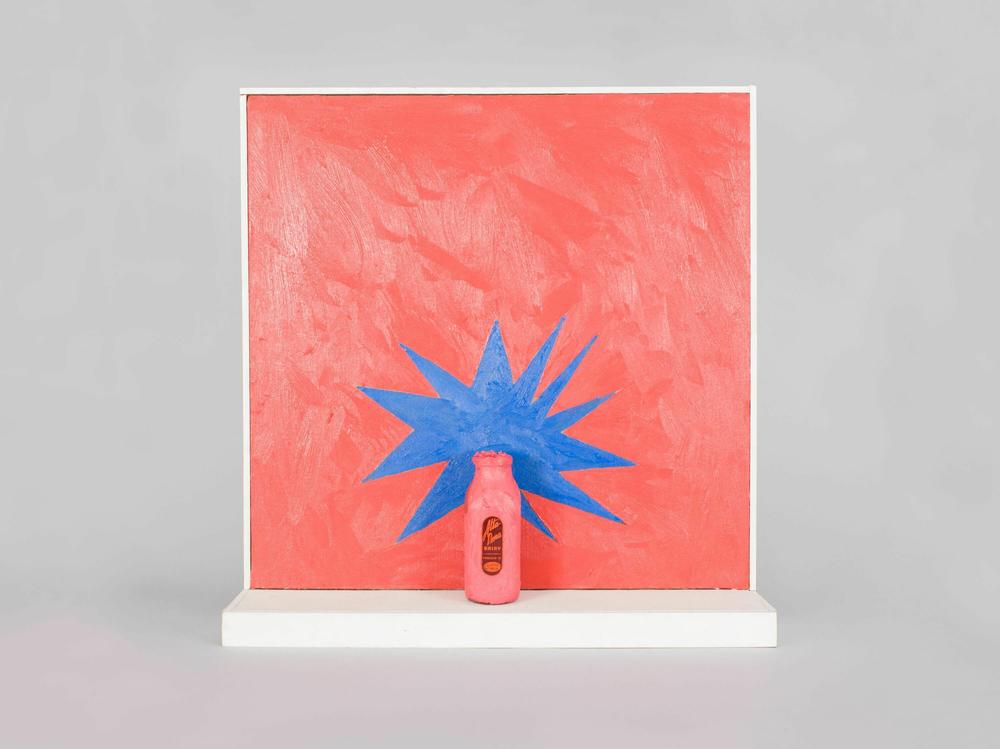

![Andy Warhol,<em> Big Campbell's Soup Can, 19¢ (Beef Noodle) [Nineteen Cents],</em> 1962. Casein and graphite on canvas, The Menil Collection, Houston.](https://www.gpb.org/sites/default/files/styles/flexheight/public/npr_story_images/2023/05/16/andy-warhol-big-campbell-s-soup-can-19-beef-noodle-nineteen-cents-1962_custom-6cb25f37f5c40277ec4f025b52a044023e534e2e.jpg?itok=0RE-d5ob)
